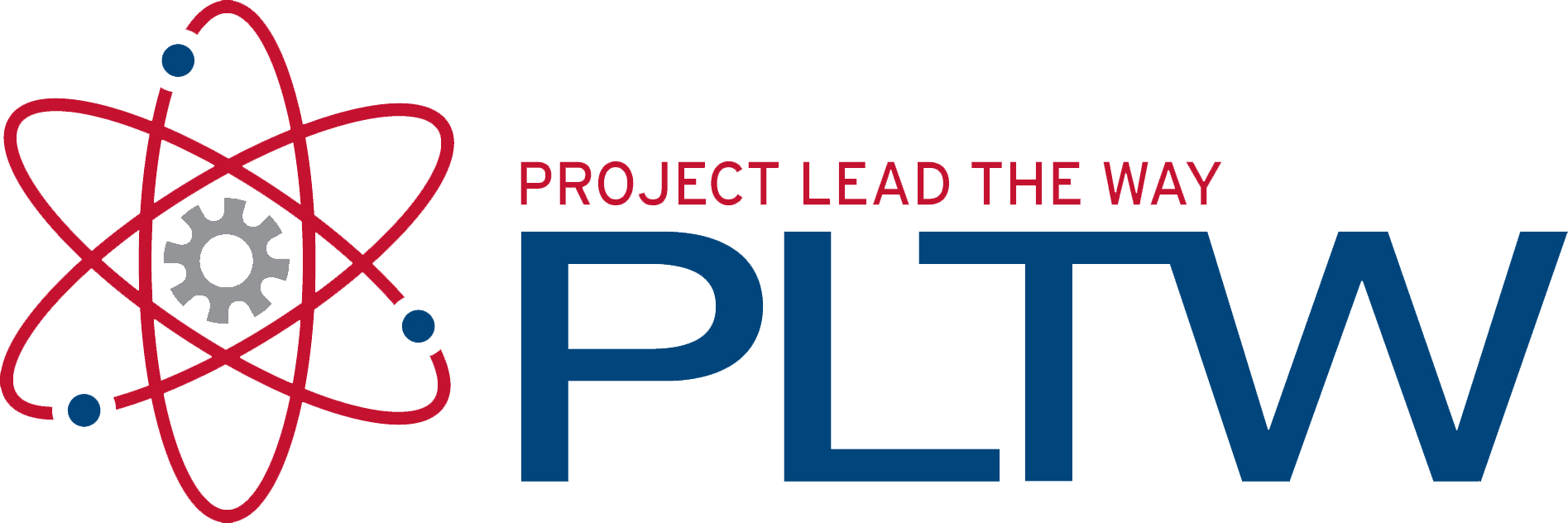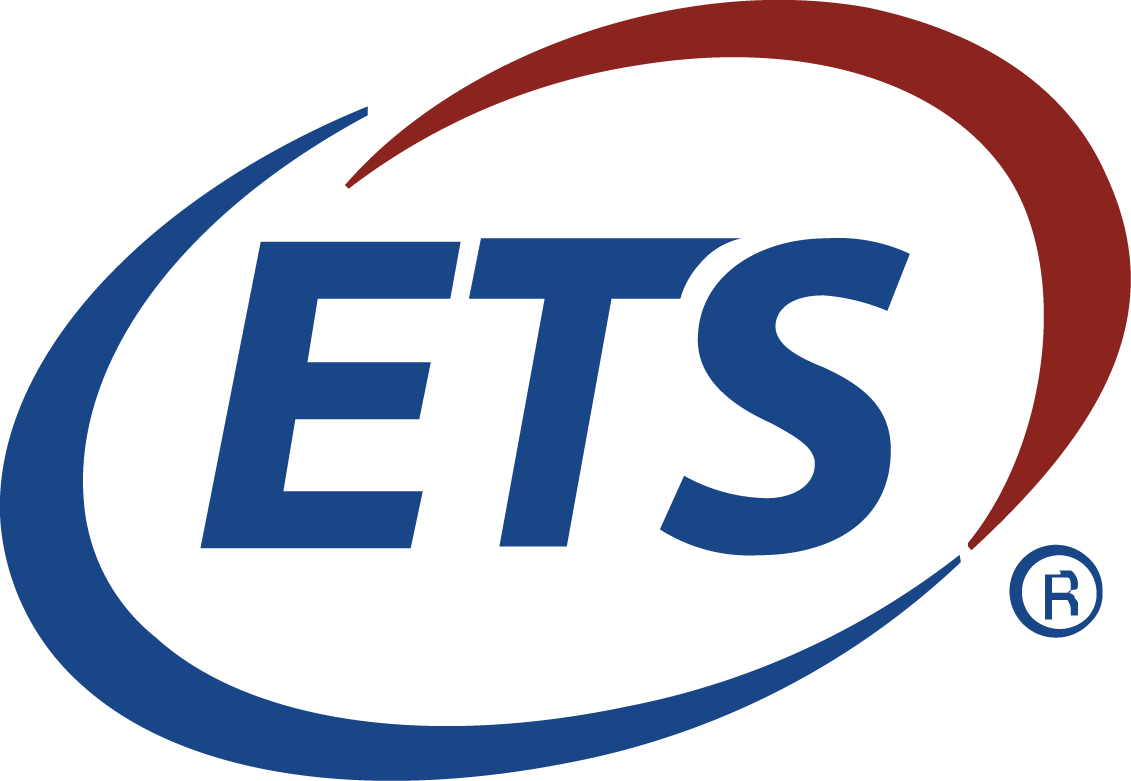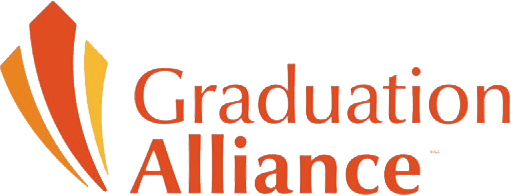Workforce development is a multifaceted concept that encompasses various intersecting elements to achieve successful outcomes. In a world that is accelerating in technology advancements, including AI, providing training that is nimble and multi-applicable becomes a nuanced and ever-challenging affair. Federal, state, local businesses, and educational efforts play important roles in achieving sustainable training that enables learners of all ages to pursue successful career pathways.
As new planning and advancements increase, it’s essential not to overlook the already established institutions of community colleges and the workforce development opportunities they provide. Instead of overextending energy on reinventing the wheel, community colleges represent existing learning centers of unlocked potential with real opportunities for growth and development. Like well-dispersed metaphorical educational training motels sprinkled across the U.S. landscape, their neon welcome signs are calling out for more attention.
According to the Center for American Progress (CAP), over 1,000 community colleges exist throughout the United States, serving approximately 44% of the undergraduate population through general education courses. “Flexible offerings, relatively affordable tuition, and a focus on fostering workforce development provide students opportunities to bridge the skills gap in high-demand local industries,” cites the CAP analysis. The true upside of community colleges is that they provide opportunities to many underserved, financially challenged, and even adult learners looking to grow or reshape their career pathways. Whether acting as a springboard into 4-year programs for further study or providing credentials and training for industry-specific job placement, community colleges offer a wide range of opportunities.
Governors on Board
At the April 2025 State and Territory Addresses, many governors emphasized the importance of postsecondary education, particularly community colleges, in enhancing economic mobility for residents of their states. Affordability and greater workforce development opportunities for a wider range of individuals were evident in their addresses and actions.
Idaho Governor Brad Little lauded his state’s LAUNCH program, covering up to 80% of fees and tuition for students pursuing education or training after high school. The results showed an increase of over 15% in community college attendance in the past year, encouraging many more students to consider training that they may not have previously sought out. In Illinois, J.B. Pritzker highlighted initiatives such as the Huskie Pledge and Illinois Promise that directly impact public universities and community colleges. More recently, Pritzker signed legislation in Bill 5464, which requires State public universities and community colleges to develop and implement plans and practices to increase access, retention, completion, and student loan repayment rates for a greater number of underserved students.
Colorado Governor Jared Polis highlighted a commitment to the Colorado Promise program to expand higher education and workforce training opportunities. In partnership with Colorado Community College System (CCCS), he recently celebrated the signing of a new bill that expands community college commitments and workforce training advancements. Part of the bill allocates $26.6 million to support low-income students, often those seeking community college education. In South Carolina, Governor Henry McMaster is requesting lottery funds for workforce scholarships through the state's technical college system. These efforts represent a few examples of what many governors across the states are doing to expand workforce development, with community colleges playing a key role in the process.
Apprenticeships and Federal Movement
Apprenticeships are at the core of workforce development discussions, prompting the recent executive order, "Preparing Americans for High-Paying Skilled Trade Jobs of the Future," to take shape. It has directed the Departments of Labor, Education, and Commerce to review all federal workforce programs, including WIOA and community college partnerships, within 90 days and establish a goal of adding 1 million registered apprenticeships annually to accelerate efforts toward workforce development. Additionally, the Senate recently reopened discussions on extending Pell eligibility to short-term credential programs. If it passes, community colleges in particular would see a significant upside in funding potential, as “hundreds of thousands more students a year” would become eligible who were previously not, according to Inside Higher Ed.
While promising signs exist, a cautionary tale also emerges as less restrictive Pell authorization opens the floodgates for private nonprofit short-term credential programs and other for-profit entities to encroach on the community college market, highlights Inside Higher Ed. Additionally, there are discrepancies between the executive order's scope and the House’s overall spending bill, which eliminates funding for certain programs. “The left hand doesn’t know what the right hand is doing here,” said an advocate for community college expansion. Mixed signals complicate long-term planning for institutions and employers, underscoring the need for greater coordination between policy measures to express a unified advancement of future on-the-ground implementation.
Community College Future Positioning
Undoubtedly, community colleges are uniquely positioned to deliver job-ready skills at scale, bolstered by flexible schedules, employer-informed programs, and deep community ties. But without consistent investment, policy clarity, and infrastructural support, their potential remains underleveraged. Like many planning objectives, clear and unambiguous rules of participation are necessary at all levels. Executive orders and funding streams offer promise. Yet states and institutions must build trusting relationships with business, labor, and civic partners. Only through this ecosystem can training translate into real opportunity.
It’s essential to remind ourselves that community colleges presently play a central role in modern workforce strategies, providing practical training, upskilling incumbent workers, reskilling communities, and driving economic mobility. For policymakers and stakeholders navigating the complexities of workforce development through WIOA, industrial strategy, and apprenticeships, community colleges offer a dependable and scalable path forward. Rather than relying too heavily on newly developed methods and players, community colleges are established entities with processes in place to support increased backing. The challenge lies in aligning vision with sustained investment and partnerships, ensuring these institutions can transform policy into opportunities.













